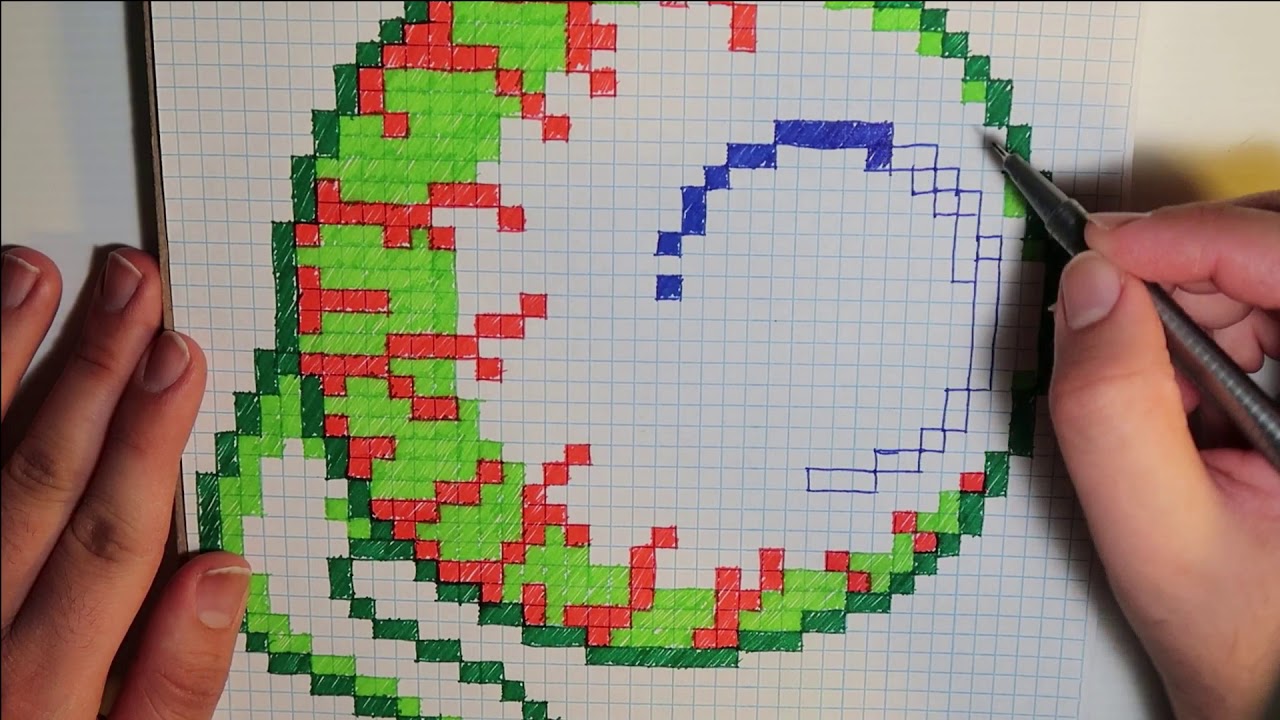Graph Paper Art Drawing for Kids
Learn some of the elements of design – color, shape, and repetition – while coloring on graph paper.
Coloring patterns on graph paper is like a free-form coloring book. You get some guidelines, but you decide what the finished design looks like.
Graph Paper for Your Pattern Making Art Project
All graph paper isn’t the same. Some grids contain more squares in an inch. At an office supply store, you may find a paper with four squares to an inch, five squares to an inch, or six squares to an inch. The fewer squares in an inch, the larger the squares. Larger squares are easier to color. Smaller squares allow detailed patterns but take much longer to complete.
You will be filling the entire page, which takes approximately an hour if you use graph paper with four squares to an inch. If you color patterns over the entire page, your final piece of artwork will look more interesting and you’ll camouflage the graph’s lines.
Coloring Your Pattern Making Art Project
You’ll want to color in the graph paper using colored pencils or fine-tipped markers. If you are using pencils, have a sharpener handy, as you’ll want a point. Don’t worry about coloring outside the lines. With the overall look of the piece, it won’t be noticeable.
Making Designs within Your Art Project
Use the shapes of the squares to inspire different patterns. It isn’t necessary to carry a pattern across the entire page. Repeating a particular design at least three times establishes it as a pattern.
Stripes (Horizontal or Vertical)
Color a pattern of one box by three boxes, alternating two or three colors to create stripes. You can make longer stripes, particularly if you are using graph paper with more than four squares to an inch.
Checkerboard
– Alternate two colors along one line. On the following line (either a row or a column) change the color pattern, bumping it over by one so the colors are staggered. Try making a checkerboard pattern on a diagonal.
Slashed Boxes
Draw a diagonal line through a box. Color the top part in one color and the bottom part in another color. Repeat the pattern at least three times along a row, column, or on the diagonal.
Tiny Squares
Divide a box into four sections either by drawing a “t” or an “x” within each box. Use two or four colors to decorate. Repeat within a stripe, square, or rectangular section of the graph paper.
Mini Shapes
Draw a diamond or a circle within a grid square. Color the shape in one color and the space around the shape another color.
Large Shapes
Color several boxes so the area resembles a blocky heart, bear, tree, fish, etc. Color the background a solid color.
Words
Color the blocks to spell out your name.
Solid Colors
Color a square or rectangle a solid color.
Additional Pattern Coloring Tips
Nearly any pattern you can make using the boxes as your guideline, you can make by dividing one box in quarters or by coloring two or four boxes together and treating them like a larger square.
You may discover that some of the patterns you create leave odd shapes around them. Color the shapes a solid color or color each box a different color. With so many colors and patterns within your picture, these odd shapes will blend into the entire piece.
How many patterns can you use while coloring an entire sheet of graph paper? A fun part of the project is using your creativity and discovering more patterns than stripes, boxes, tiny squares, or others mentioned here. After making a pattern on graph paper, try doodle art, doodling with stencils, and art with abstract shapes.
